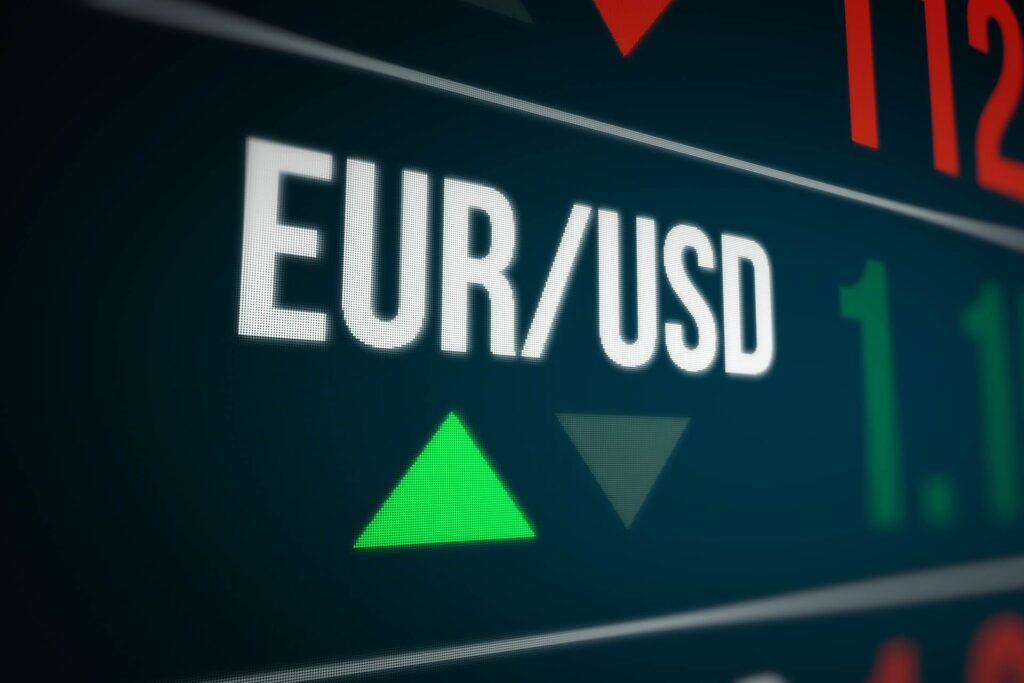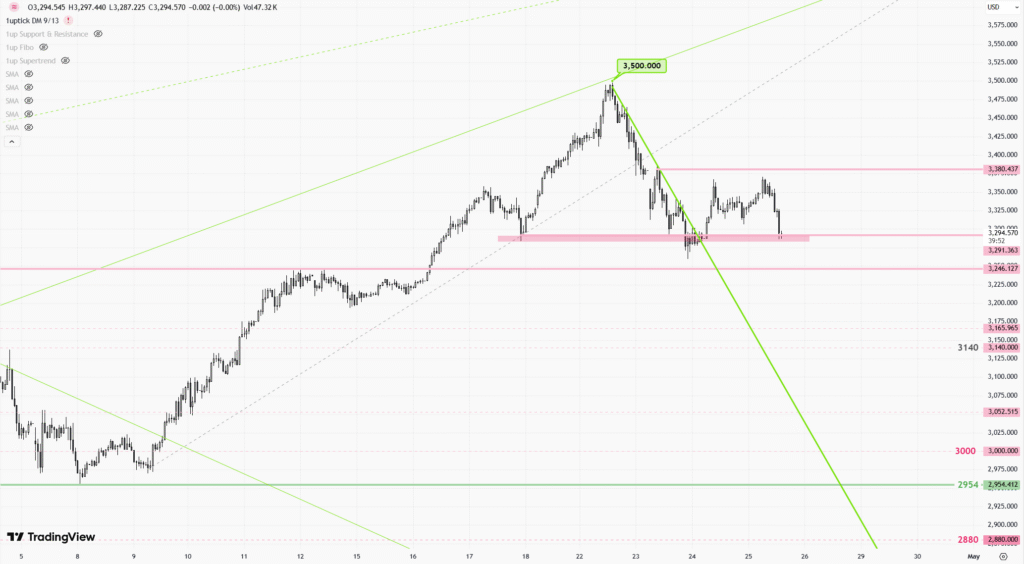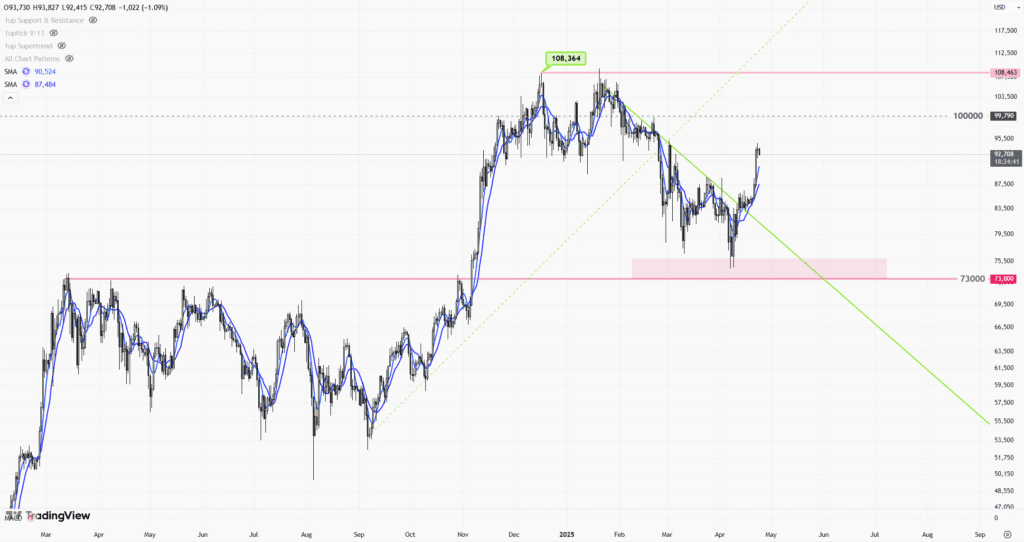 |
| Gold V.1.3.1 signal Telegram Channel (English) |

Geopolitical Tensions and Fed Policy Mark a Crucial Turning Point – Dollar Shows Short-Term Support but Long-Term Weakness, Investors Should Stay Cautious
2025-06-18 @ 12:08
As tensions rise in the Middle East and markets await the U.S. Federal Reserve’s upcoming interest rate decision, the U.S. dollar has held steady. During early trading hours in Asia on Wednesday (June 18), the dollar remained firm against major currencies, reflecting a shift in investor sentiment toward caution and an increasing demand for safe-haven assets.
Geopolitical risk has long been a key driver of market volatility, and concerns are mounting as conflict between Israel and Iran intensifies. Israel has continued operations targeting Iran’s nuclear and military sites and has openly stated its position on regime change in Iran. At the same time, the U.S. is bolstering its military presence in the region, raising fears of a broader conflict that could disrupt global energy supplies.
Against this backdrop, the dollar’s appeal as a safe-haven asset has resurfaced, offering short-term support. However, the broader trend since the beginning of the year shows the U.S. Dollar Index down roughly 9%, suggesting continued pressure. While recent geopolitical developments have temporarily lifted the dollar, expectations for multiple rate cuts by the Fed later this year still weigh heavily on its long-term prospects. Markets currently anticipate two rate cuts in the second half of 2024, likely in September and December.
Investors are also closely watching the Fed’s upcoming policy meeting. While no rate change is expected this time, the post-meeting statement and Fed Chair Jerome Powell’s comments will be dissected for clues on future policy direction. With inflation easing and labor market strength intact, the Fed may have room to adjust rates without risking an overheated economy.
From a portfolio perspective, global markets are in a phase of reevaluation and repositioning. In the U.S., large-cap tech stocks staged a strong rally in May, helped by an improved outlook on trade and corporate earnings. In contrast, the bond market came under pressure as long-term yields rose. In Asia, Taiwan’s stock market stood out, buoyed by positive policy signals from both the U.S. and China, as well as optimism around tech sector growth. Overall, investors are reassessing their allocations to navigate both geopolitical and interest rate uncertainties.
Looking ahead, the dollar is likely to remain caught between safe-haven demand and rate cut expectations. Should the Middle East situation worsen, the greenback could strengthen further. But if tensions ease and the Fed adopts a more dovish tone, confidence may return to non-dollar currencies, putting downward pressure on the dollar once again.
For investors, flexibility and caution are key in this environment. Staying on top of global political and economic developments, and adjusting portfolios accordingly, will be crucial in managing risk and staying resilient in these uncertain times.








